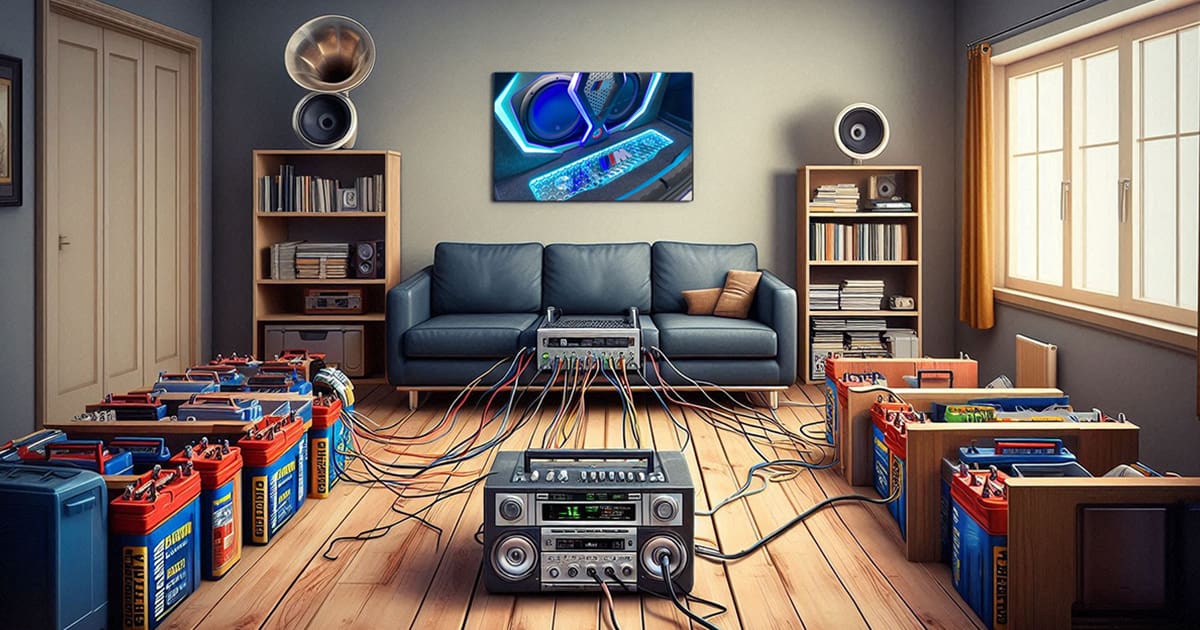One of the most common questions we receive is whether you can use car audio products, like radios and amplifiers, in the home or shop. The answer is a resounding yes! However, the real challenge lies in finding a suitable power supply, especially for high-power amplifiers. We’ve recently dedicated a significant amount of time to researching power supplies for an upgrade to our lab. Understanding what a power supply is and how it works is crucial.
What Does a Power Supply Do?
What does a power supply do? Typically, it takes a voltage like the 120-volt AC we have in our homes, shops, and offices and converts it to something we can use to power an electronic device. A laptop computer might have an 18- or 20-volt DC power supply. A desktop computer power supply provides +12V, -12V and +5V. Some even supply 3.3 volts and -5 volts DC. The little wall adapter that used to come with an iPhone provided 5 volts – the standard for USB charging.
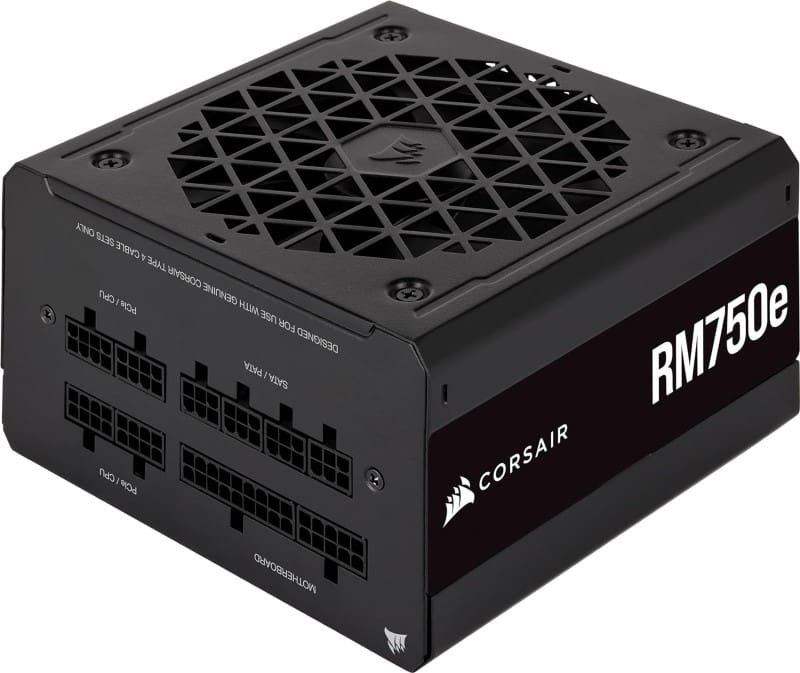
It should be clarified that there are many types of power supplies. For example, an X-ray machine might need 200,000 volts, mass spectrometry systems may need 30,000 volts, and the microwave oven in your kitchen around 2,100 volts, but some are as high as 2,800 volts. Not all power supplies step the supply voltage down, and not all produce DC voltages.
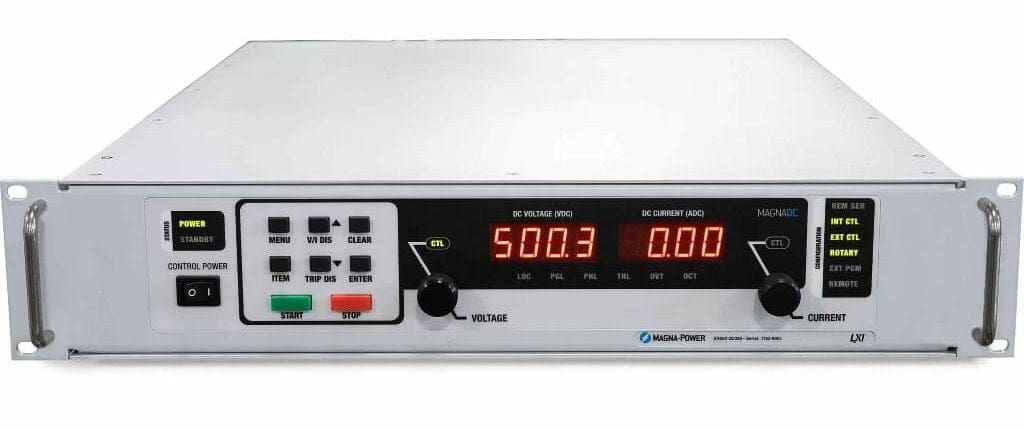
If you thought we were talking about the power supplies that are part of an amplifier, sorry to mislead you. They also do a voltage conversion. They take the 12 to 14 volts available from the vehicle’s electrical system and convert it to the rail voltages in an amp. This might be +20 and -20 volts for an 800-watt subwoofer amplifier.
How Are Power Supplies Rated?
Power supplies are rated based on the total current they provide, or more specifically, wattage. For example, a multi-outlet USB-C charger for a modern smartphone might deliver 40 or 60 watts of power. A USB port might be rated for 3.1 amps of current, which works out to 15.5 watts. Some USB-C devices can charge at 20 volts and 5 amps of current, which is 100 watts.
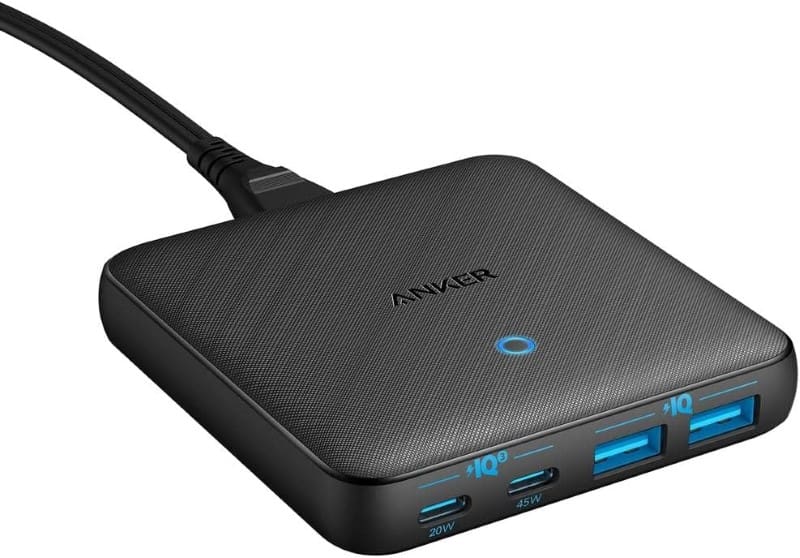
If you’ve shopped for a new power supply for a computer, you’ll see supplies are available in power delivery ratings from 500 watts up to about 1,650 watts. The latter is the upper limit of how much power a device can draw from a 120-volt wall outlet. The math there is 120 volts times 15 amps equals 1,800 watts. Drop in 90% for efficiency, and you have 1,620 watts. Suppose you have a liquid cooling system, several case fans, RGB lighting, a CPU that needs lots of power, a beefy video card and several external drives. In that case, you need a power supply large enough to ensure that it all runs reliably.
Refocusing on car audio equipment, it’s not uncommon for us to install a subwoofer amplifier rated for 1,000 watts of power. Assuming it’s of reasonably good quality, that amp might draw 1,175 watts of power from the vehicle charging system. At 13.6 volts, that would be 86.5 amps of current. As an aside, if the amp isn’t efficient, it might draw as much as 120 amps to produce the same output. Amplifier efficiency is crucially important.
Let’s say you want to run this 1,000-watt amp in your living room to power a pair of car audio subwoofers in a ported enclosure. It would be best if you had a 100-amp power supply. We’ve been researching these extensively for the last few months as part of an upgrade to our lab. If you want a true 100-amp, 12-volt (1,200-watt) power supply, you’ll likely need to connect it to a 20-amp circuit. Be very wary if the supply claims it can produce 100 amps from a 15-amp circuit.
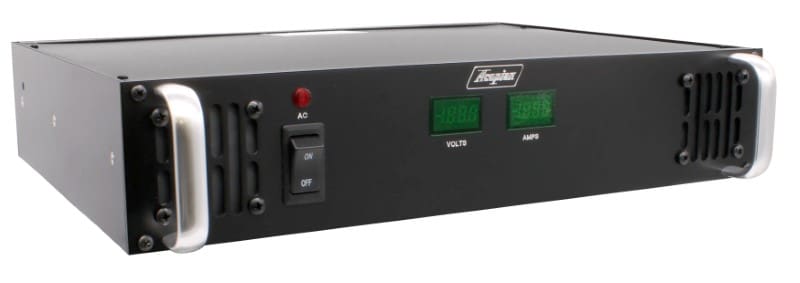
Linear Versus Switching Power Supplies
Decades ago, the standard for car audio power supplies for display boards was the Orion PS 100A. This thing weighed what felt like 90 pounds and could pop a 15-amp circuit breaker at will. However, it provided clean and reliable power to ensure that the subwoofer amplifiers on display boards sounded awesome. Specifically, this was a 100-amp supply with current limiting and output voltage adjustments.
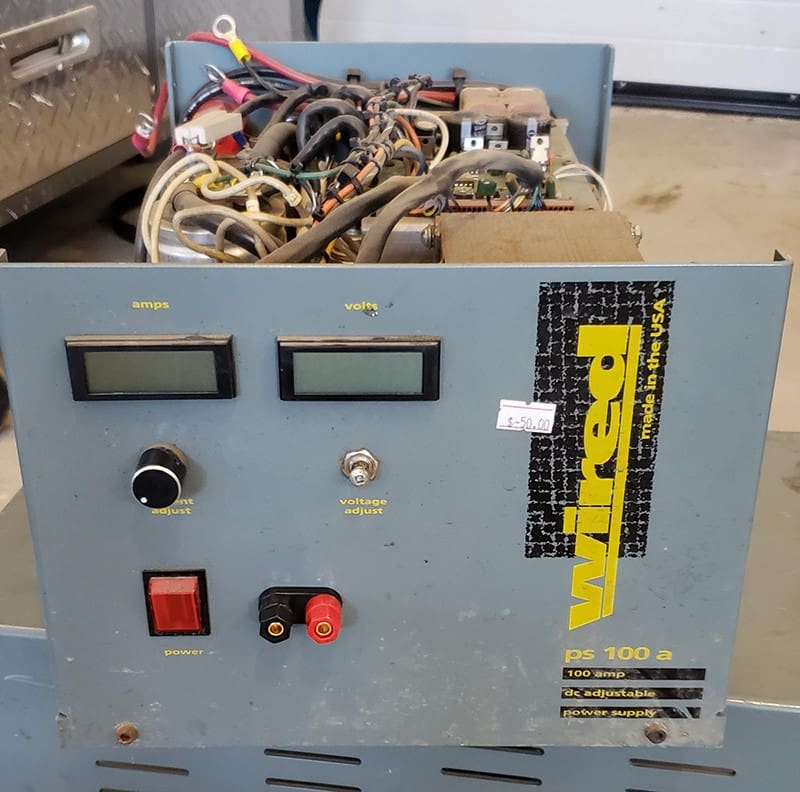
The massive weight of the supply was attributable to the giant transformer inside it. This was a linear power supply, so the transformer needed to be massive to deal with the vast amounts of current that would flow through it.
These days, you can get a 1,400-watt (100 amps at 14 volts) power supply that fits inside a computer case. You could fit two of them in a typical backpack. These are also available as 1U-sized rack-mount units, just like a processor in the effects rack for a band. So, why are power supplies smaller now? Most of them are called switch-mode supplies. They work differently than their linear cousins. As expected, they have their benefits and drawbacks.

Linear Power Supply Operation
Let’s discuss how a linear power supply works without getting into university-level electronic design. We’ll be talking about supplies that take the 120-volt AC power from the wall and convert it to something like 13.6-volt DC to power car audio equipment.

Power supply operation is quite simple. The process starts by taking the 120-volt AC and passing it through a transformer to reduce the voltage. The transformer’s input and output will be a 60-hertz sinusoidal waveform.
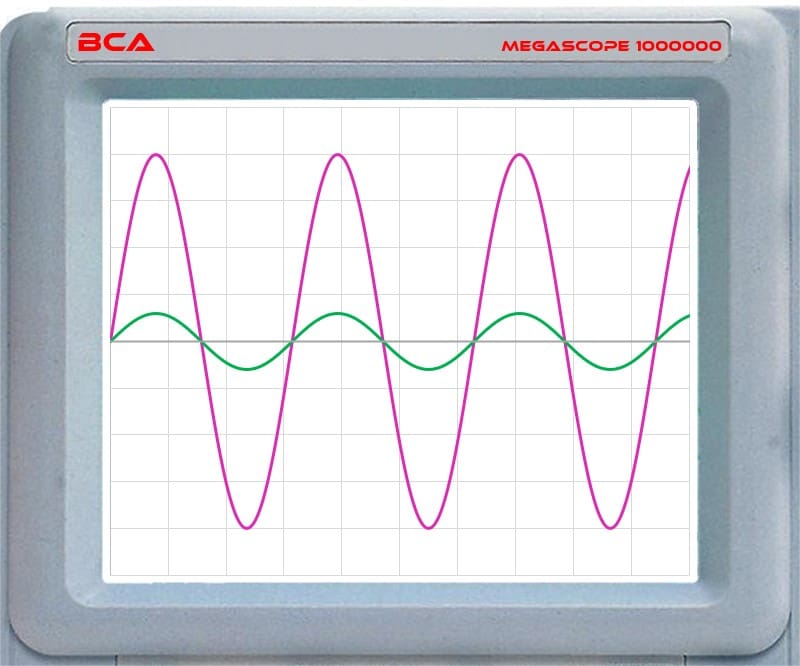
After the transformer lowers the voltage, we feed the AC waveform to a rectifier. This circuit, typically comprised of four diodes, inverts the negative half of the waveform, producing a positive voltage with lots of ripples – it sort of looks like waves in an ocean.
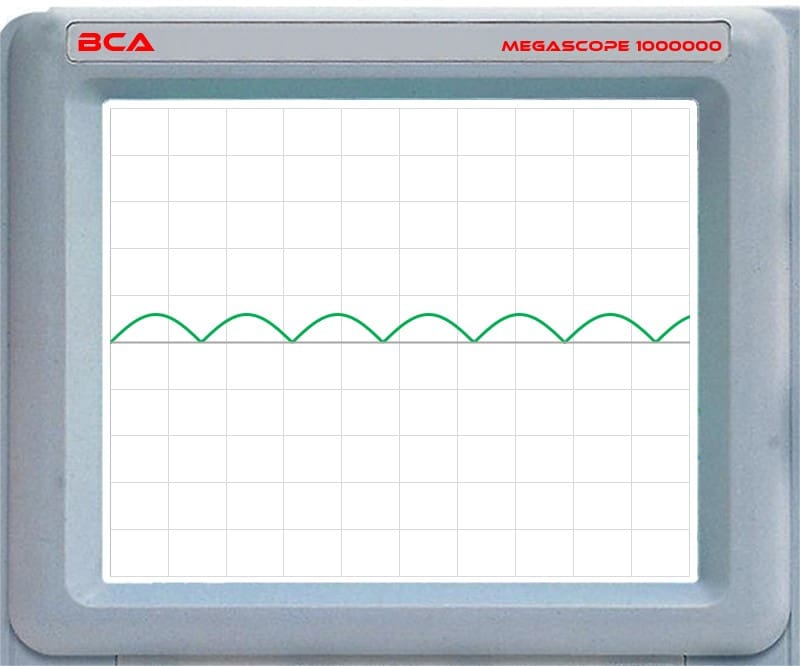
From there, the noisy DC signal passes through the filter stage, which typically consists of a few large electrolytic capacitors. As we should know from talking about passive crossovers, capacitors oppose changes in voltage. As such, they smooth out the ripples to produce a fairly clean DC voltage.

Finally, we get to the regulation stage. In a linear power supply, this stage is usually handled by a single large or multiple medium-sized transistors. This circuit works as a variable resistor, ensuring that the output voltage stays at a set level. The transistor adds resistance to the circuit based on a feedback loop to ensure that we get our desired 13.6 volts.
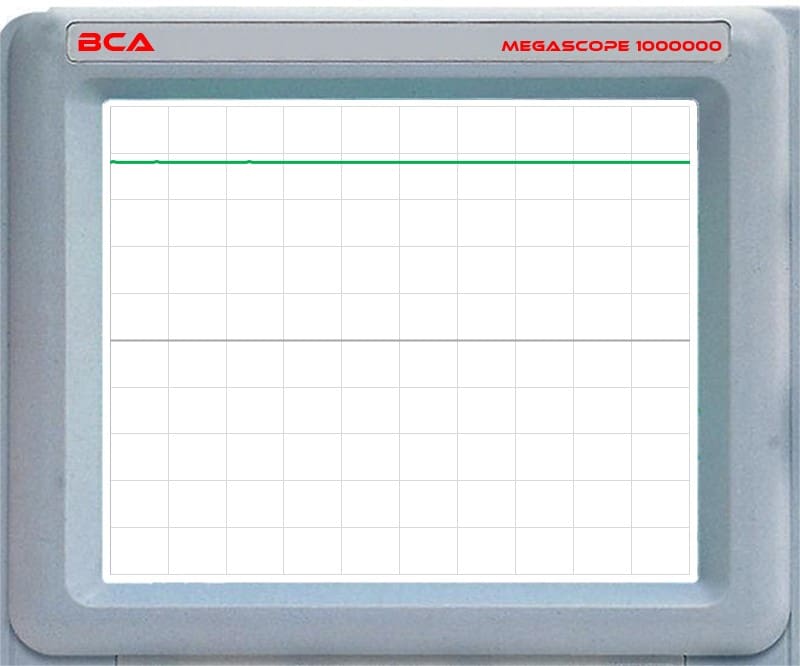
Benefits and Drawbacks of Linear Power Supplies
You might choose a linear power supply for high-current applications for two reasons. First, they’re usually relatively quiet regarding electrical noise on the output signal. We call this noise ripple, as once again, it’s like small waves in a lake. Second, linear power supplies offer excellent transient response. They can keep up with sudden power demands quite well, making them ideal for high-current audio applications.
Unfortunately, with the good comes some drawbacks. Linear power supplies are large, expensive and inefficient. They waste significant energy as heat because of the regulation transistors operating as variable resistors to maintain the chosen output voltage. Second, the power supplies require huge, heavy and expensive transformers. This is primarily because of their inefficiency. If they waste 70 to 80% of the power they consume as heat, the transformer must supply large amounts of energy to have enough left over for the load (amplifier).
Switch-Mode Power Supplies
The other type of power supply available is a switch-mode power supply, or SMPS for short. These are, by far, the most popular type of power supply you’ll encounter. Their operation philosophy is similar to that of a linear supply, but rather than wasting energy with a resistive regulation stage, they use pulse-width modulation to control the power going into the transformer.

An SMPS starts with a bridge rectifier that inverts the negative side of the input sine wave. Violet is the 120 VAC input, and green is the rectified output.
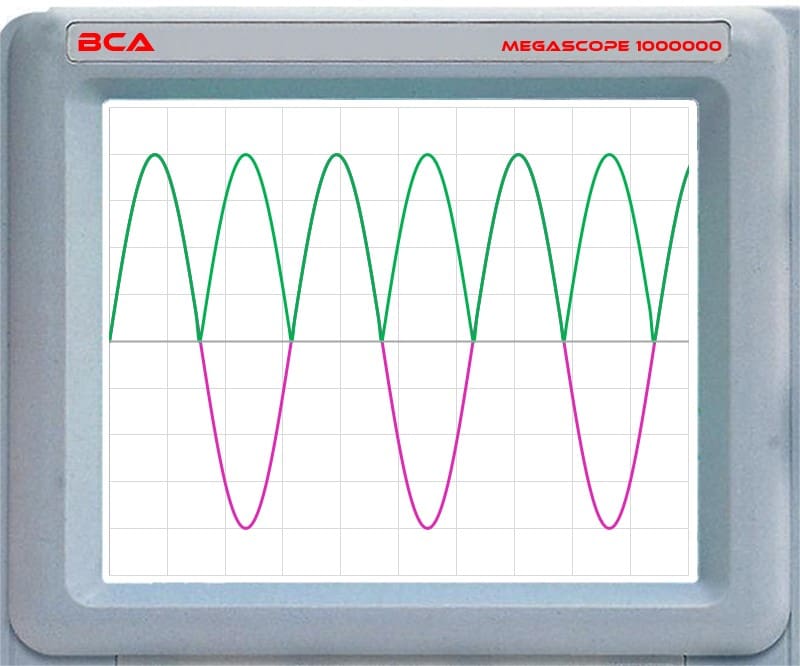
Electrolytic filter capacitors smooth the signal before it’s passed to a transistor or MOSFET driven by a pulse-width-modulated control.

The next step is to chop up the signal into tiny pieces again so we can pass it through a transformer to reduce the voltage. Why not just do this at the beginning? Well, the pulse-width modulating controller is fed by a signal from the circuit output. It decides how much duty cycle is needed to deliver an appropriate voltage and current. So, rather than all of the input voltage going to the transformer, we can feed minute amounts of power if there is no load or moderate amounts if there is a heavy load. Because the PWM control will determine the circuit’s power, we aren’t wasting energy through a resistive regulator like the linear supply. As such, the transformer can be much smaller and operate more efficiently.
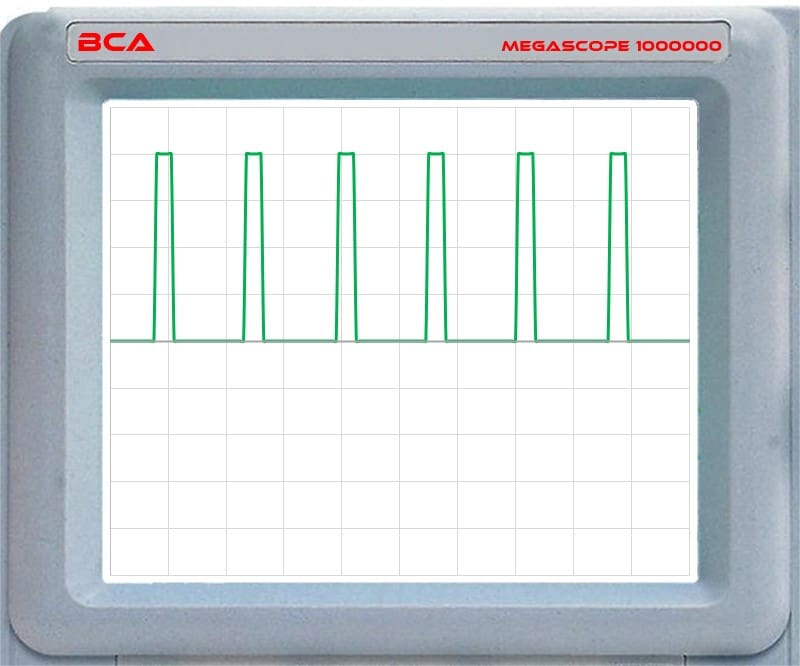
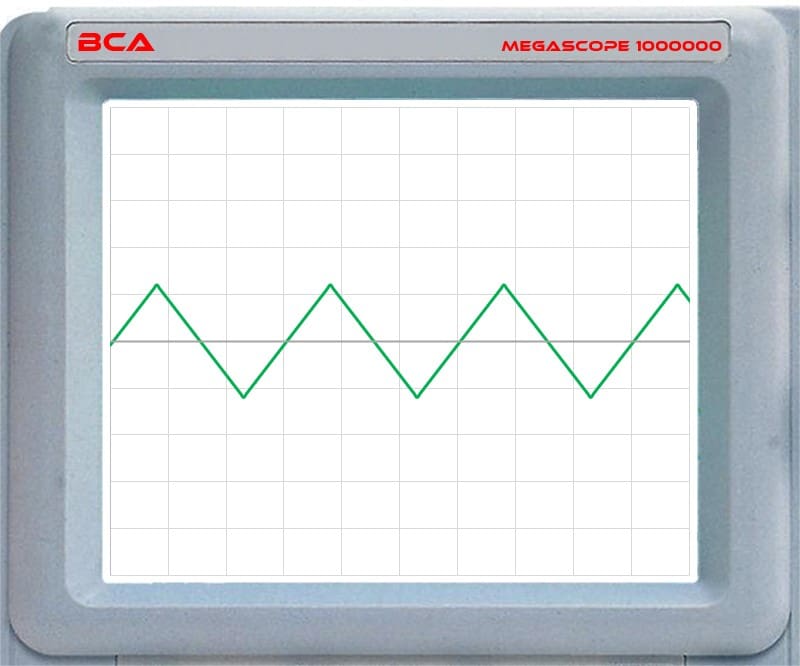
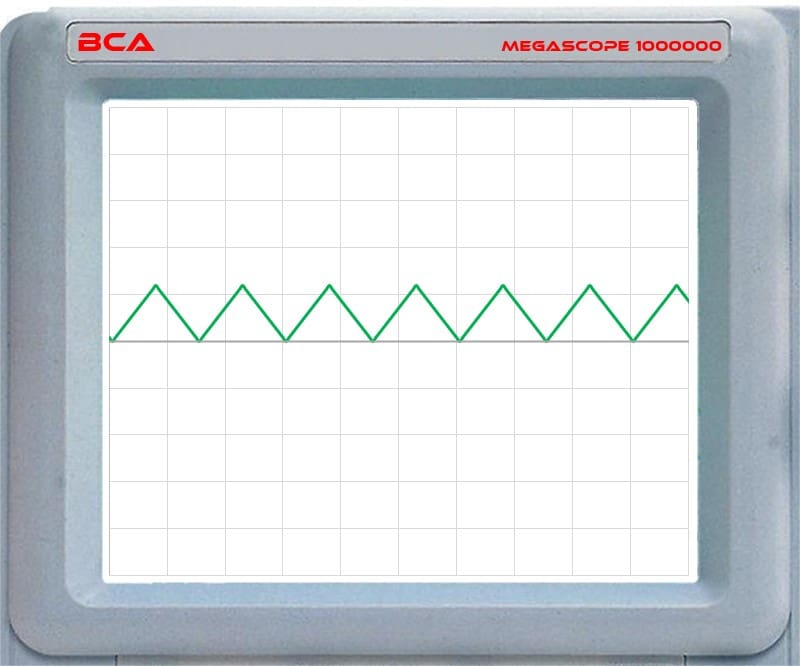
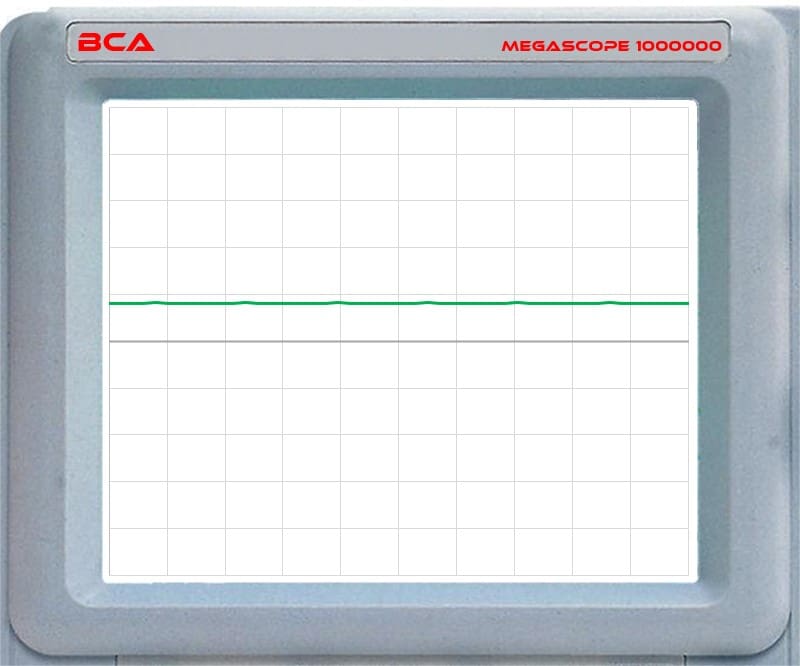
Benefits and Drawbacks of Switch Mode Power Supplies
As we mentioned above, the most significant benefit of a switch-mode power supply is that only the power required by the load passes through the transformer in the middle of the circuit. This means the supply operates much more efficiently, so the parts and case can be much smaller. Switch-mode supplies can easily be 90% efficient, wasting only 10% of the input energy as heat.
As happens with electronic circuits, there are drawbacks as well as benefits. Switch-mode supplies have more noise or ripple on the output. Looking closely at the final waveform above, you can see some bumps in the output. These aren’t there by accident. It’s not uncommon to have half a volt of noise on the output of a high-power switch-mode supply. Most good quality car audio amplifiers have an inductor and capacitors on the input power connections to filter this noise. However, not all do.
The second drawback is that there are many components (or blocks) between the output and the feedback signal to the PWM controller before the transformer. If an amplifier suddenly demands a large amount of power, the output voltage can droop, dip or sag before the supply can bump up the pulse width and compensate. You can consider this a slow response time. Switch-mode supplies aren’t the best choice if you want the best impact at maximum volume from an amplifier.
Picking a Power Supply for Car Audio in the Home
The explanation of power supply operation was more detailed than planned. Nevertheless, now you have the information. In terms of picking a supply to use a radio in your home or garage, you need something that can provide about 180 watts of power, or 15 amps at 12 volts. We’d suggest finding a 14- or 15-volt supply. Most car radios are acceptable up to about 16 volts, so the extra voltage means the radio will draw less current.
If you want to power a large subwoofer amplifier, you’ll need to figure out how much current the amplifier draws at maximum power at the load you plan on using. You can often use the fuse ratings on the amp as a guideline. For example, if the amplifier has 80 amps worth of fusing, you’ll need a supply that can deliver about 14 volts and 80 amps of current, a little over 1,100 watts. A solution like the Stinger SPS70 would be a just-adequate solution. We’ve used a pair of SPS80 supplies on the BestCarAudio.com test bench for several years with good success.
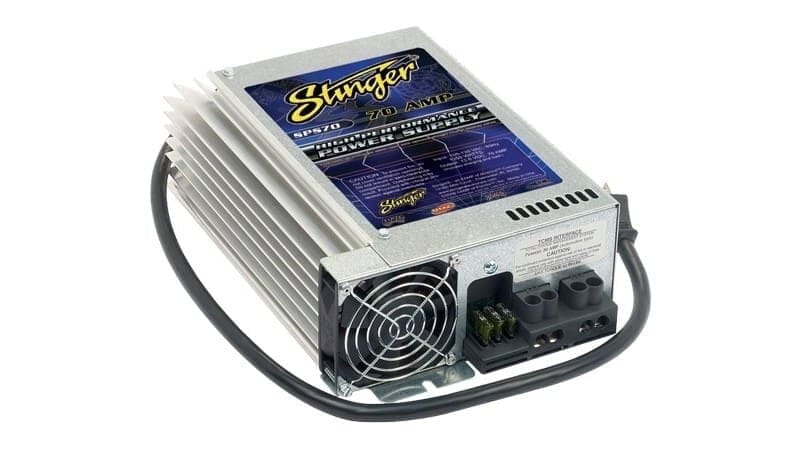
Now, why are there much more expensive power supplies available? For example, the go-to for car audio displays has been the Samlex SEC-100BRM. This supply offers 100 amps of current but might cost twice as much as the Stinger. Why? Well, it provides better voltage regulation under dynamic loads. Further, there is less noise in the output signal. The BestCarAudio.com lab has a Samlex supply for making noise and distortion measurements on high-end amplifiers.

Some Bad Ideas to Avoid
We’ve encountered several conversations online where the original poster planned on using a car battery in their home to provide supplemental current to the amplifier. In spite of our warnings about hydrogen gases being released during charging, they planned to proceed with this bad idea. Please don’t put a car battery in a living space. If you want to supplement the instantaneous power delivery to an amplifier, add a high-quality stiffening capacitor. Suitable stiffening capacitors are hard to find, but they are out there.
Finally, be very careful with the wiring. Car audio amplifiers can consume massive amounts of current. A loose connection can heat up and cause damage quickly. Honestly, you’re much better off buying used DJ or PA gear. You can pick up a used QSC or Crown amp from the Facebook Marketplace for less than you’d pay for an entry-level power supply. This solution is also dramatically more efficient and safer. I know, bummer, eh?
